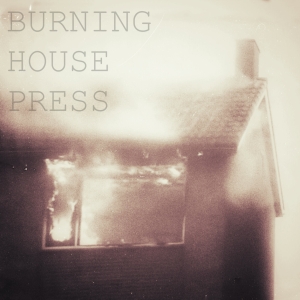Fragment I
The story of a screech: it rose as the last bus of the evening crossed the borders of the city to the motorway. All seventeen of us on the top deck turned our heads. Oh yes, it was perfunctory (because on a double-decker you cannot really see what’s going on behind you on the road, even less so in the dark), but the gesture had already captivated me – the meaning, the intention. By the time all heads were turned, it was clear that we had all misjudged the nature of the screech (pitch dropping, frequency decreasing as it unwrapped). This could never come from a human throat, but rather from the strained brakes of a vehicle.
All the way home, I remained captivated. For a fraction of a second, we had all partaken in the instinct that draws us to sounds we recognize as coming from our own kind above any other.
Fragment II
From my first encounter with the portative organ: it escaped me when I first took Cristina’s beautiful instrument onto my lap, but what comes to mind now after the screech (apart from the visual catalogue of portative organs, arduously amassed between lessons) is how human the tune sounded, especially when I descended into the middle register, my arm laboring on the bellows so that humanity wasn’t lost (it’s all, predictably, in the air). A medieval man or woman explaining, perorating, dissertating, in a very medieval way. Perhaps admonishing, too: that’s what Mauricio wanted me to do in my solo in ‘Ecce torpet probitas’, but I’m afraid admonishing would have taken a more skilled portativist than I was at the time.
Fragment III: From a catalogue of images of portative organs
Of the 135 images of portative organs in my catalogue, this is the only one of which we can conclusively establish that the organ is being played at night (there are in total 125 of organs being played). Four eight-tipped stars enclose our organist as he plays, and it doesn’t escape me that their shape and colour is the same as some of the flowers he stands upon – perhaps the idea of an unusually lucid miniaturist wishing to tell us: see, the cosmos and earth are all made of the same stuff.
This is one of three images in the catalogue which are in a category of their own, the other two being: number of organs being dropped into a cauldron under the concerned look of a bishop; number of organs being played while a rabbit dances, upside down, to its tune.

* From the Oxford Companion to Music: An organ small enough to be played while being carried, used throughout Europe from the mid-13th century into the 16th (see organ, 4). Illustrations show it slung from the player’s shoulder, with one hand pumping the bellows and the other on the keyboard, so the instrument probably played only melodically, though many early representations show one or more long pipes in a tower at the treble end that presumably sounded a drone. With two rows of six to eight pipes on early instruments, and a dozen or so on later ones, the compass ranged from about an octave to two or more. The keys were usually T-shaped buttons.
Originally from Galicia in Spain and a resident of Glasgow in Scotland, Eva Ferry‘s fiction and non-fiction work has been published or is forthcoming in Salome Lit, The Public Domain Review, The Cold Creek Review, Foliate Oak, Adjacent Pineapple and Novelty, among others.


1 Pingback